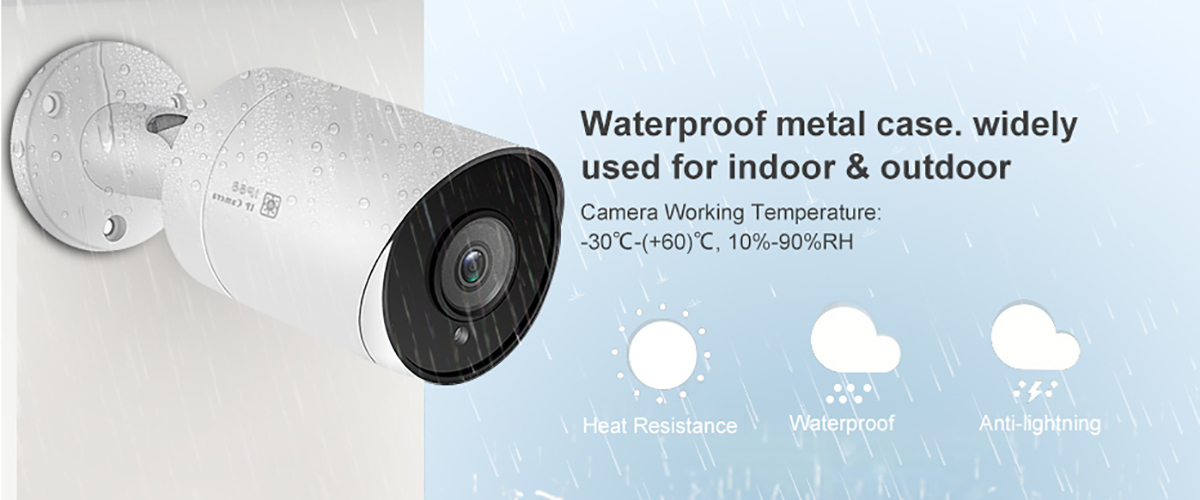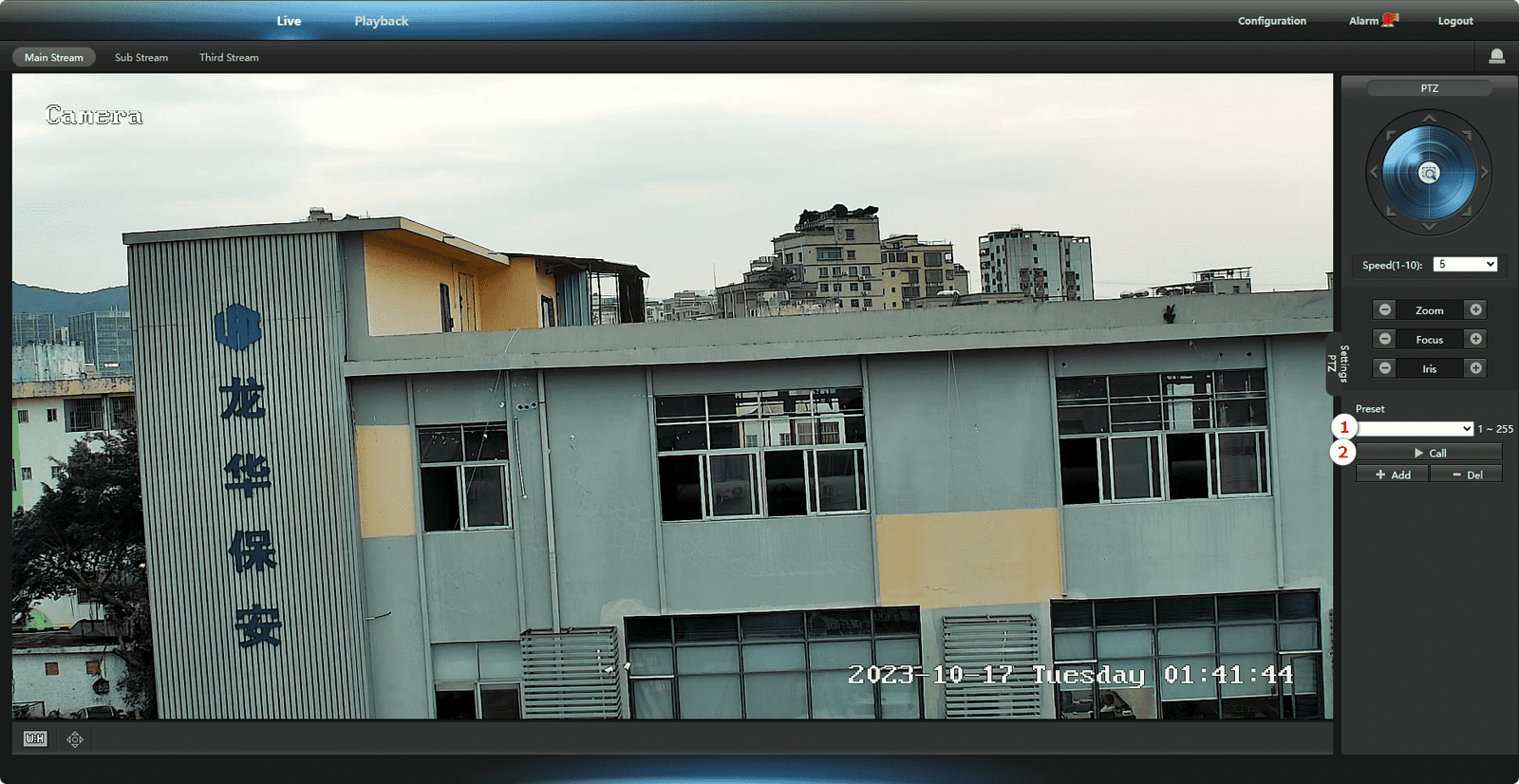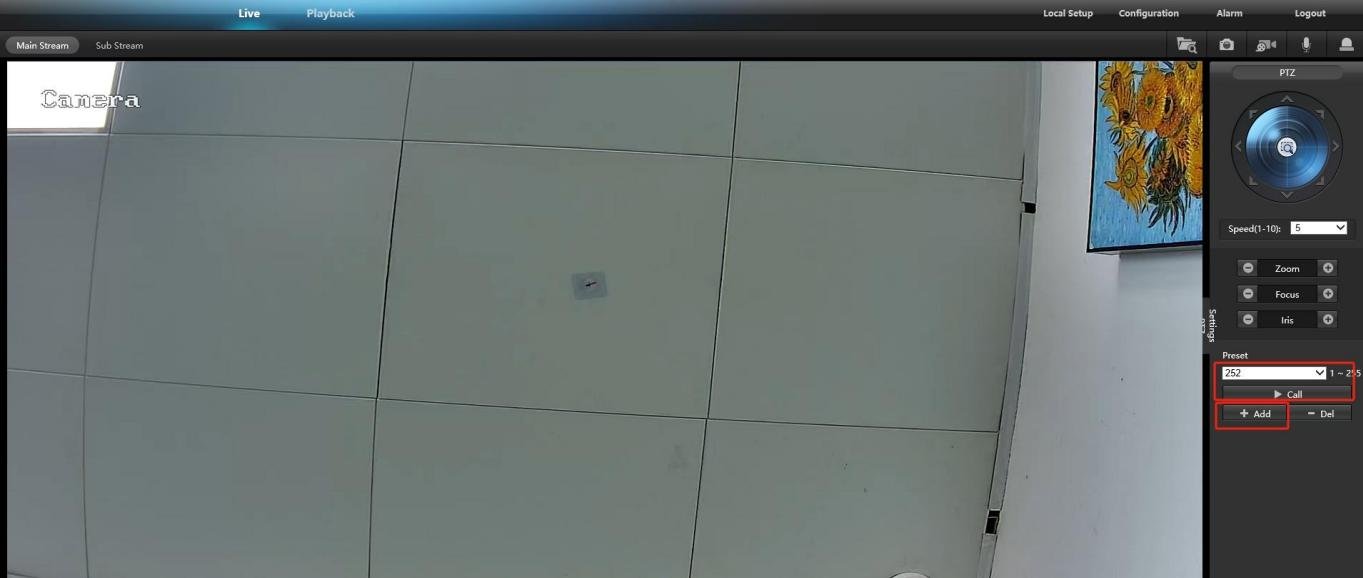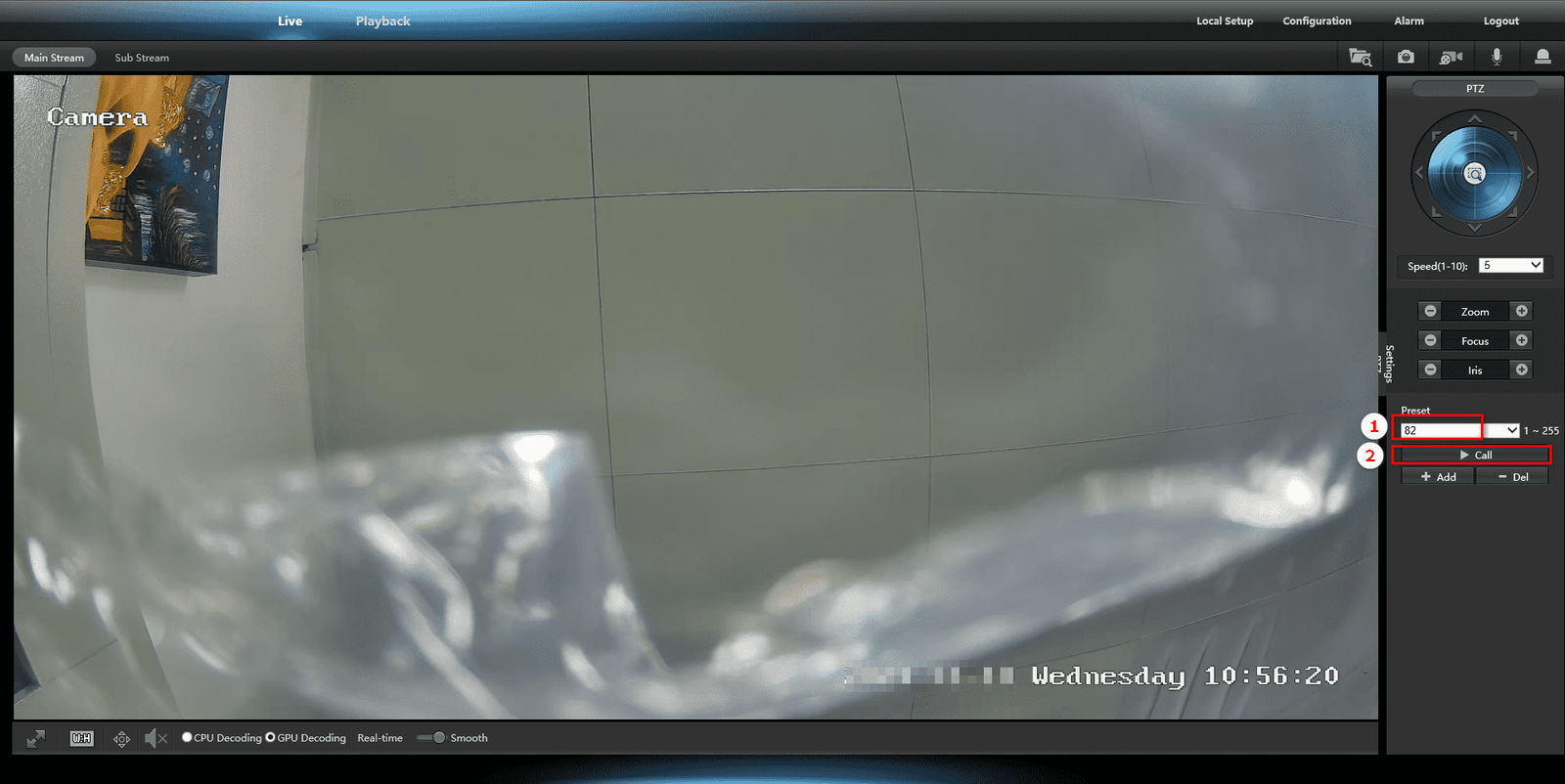This article will teach you the knowledge of surveillance cameras, including camera types, common functions, purchase points and product recommendations.
The Type Of Video Network Camera Type
Bullet Camera
This is a cylindrical camera that many people are familiar with. They can be installed on the wall or ceiling, and can be rotated at will on the base. They also have a small rain shield. Of course, the waterproofness of the camera does not rely on this alone. Rain shield.

Spherical Camera
They are installed on the ceiling, the camera is facing down to shoot, and they can be rotated to look like big eyes on the ceiling.

Wireless Camera
These plug-and-play wireless cameras have become very popular. Because it does not need to be connected with wires and network cables, it is very convenient to install, DIY can be done, no need to ask an electrician to pull the wire. It is especially useful in places where there are no power outlets outdoors. Usually use batteries or solar panels.
Camouflage Camera
These cameras are just shells. They have no actual functions and cannot take pictures. They act as a shock. Nowadays, fake cameras are becoming more and more real, and the LED indicator light flashes, simulating a camera that is working and recording. Because there are no actual functions and working modules.
Camera Purchase Points
When you choose the type of camera, you must consider what features they have that you actually need.
APP Control
The reason most people want to install a camera is to be able to observe the situation inside and outside the home when they are out, so you need to make sure that the app that comes with the surveillance system is easy to use and fully functional.
Two-Way Conversation
This is a very useful feature. You can chat with a baby or a dog, or you can scold a thief.
Live View
The camera shoots in real time and you can watch “Live” in the app. Some systems allow you to turn off this feature to extend battery life. Only the clips are recorded in cloud storage/hard disk and viewed after the fact. However, from a security perspective, it is safer to observe the situation inside and outside the home in real time.
APP Push Notifications
When the camera detects a moving object, it can notify you through the app. You can also turn this feature on/off in the app to avoid receiving too many notifications (most of the time it may be your dog playing or passers-by).
Multi-user Use
The ability to add users to the app is a very useful feature in the family, and it doesn’t matter if you are single.

Picture Quality
Today’s cameras also have at least 720p resolution, and many can reach 1080p or even 4k. Of course, the higher the resolution, the higher the requirements for network bandwidth and storage space.
HDR Mode
HDR = High Dynamic Range, high dynamic range. The so-called dynamic range refers to the ability of the video to record the details and levels of the bright and dark parts. A camera with HDR mode can display more details in a high-contrast environment: particularly bright areas are not prone to overexposure and white flowers, and very dark areas can also see more details instead of black one slice.
Night Vision Function
Many cameras have a certain level of night vision capabilities. The night vision function is often measured in feet. Many WiFi cameras have night vision functions ranging from 15 feet to 25 feet. The night vision function of spherical and bullet outdoor cameras is even more powerful, up to 200 feet, because they have a large number of infrared LEDs.

Field of View
The field of view of the video network camera refers to the angular range of the area that can be seen and recorded. Many WiFi cameras provide a very wide field of view, sometimes up to 180°.
The field of view of the camera depends on the focal length of the lens. The product description of some cameras does not directly tell you its shooting angle range, but tells you what the focal length of the lens is. For example, a focal length of 2.8mm is equivalent to a field of view of 90 degrees; some tell you directly that it has a field of view of 110 degrees.
Camera Activity Range
The position of most cameras at work is fixed, it only photographs the area in front of it. When the subject moves out of the lens, it will not be photographed. If the camera can pan, tilt, and zoom, this problem can be partially solved. Pan refers to the horizontal movement of the camera left and right, and tilt refers to the vertical movement of the camera. This usually requires manual adjustment or control via app.
Motion Detection
Almost all cameras now have a motion detection function. A little wind and grass can trigger motion detection. Unless you want to keep receiving app notifications, please choose a camera that can set the motion area. It is best to exclude trees from the range of motion detection.
Video Frames
Frame per second is a method of measuring the number of video frames per second recorded by a surveillance system. For example, a 30 fps camera can record 30 frames in one second of video. The higher the number of frames, the smoother the video. The images with less than 25 pfs look inconsistent, and the movement of the object will be like “123 wooden people”.
Resistance To Extreme Weather
Cameras installed outdoors should take into account the impact of extreme weather. These extreme weather include rain and snow, impact (hail), sand and dust, humidity, high temperature, low temperature, etc. The value that measures the resistance of the camera to extreme weather is called Ingress Protection (IP) rating, which should be distinguished from Intellectual Property or IP address.
The IP rating is a two-digit number, the first number indicates the dust-proof rating (0-6), and the second number indicates the waterproof rating (0-9). For example, an IP66 weatherproof camera means that its resistance to sand and dust is level 6, which is the highest dust resistance level; the rain resistance level is also level 6, which can resist the washing of waves, but cannot be immersed in water.
File Storage
Whether you are recording 24 hours a day, or only recording when motion detection is triggered, you need a space for storing files. The higher the picture quality and the larger the number of frames, the larger the storage space required.
Cloud Storage
Wireless cameras connect to the home network via Wi-Fi, and most provide some kind of cloud storage option. Cloud storage space has to be paid, or some provide free storage and viewing for a certain period of time (such as within 24 hours), and you have to pay to watch videos older than that. Although cloud storage incurs a fixed monthly fee, wireless cameras are easy to install and have become more and more popular.
Memory Card
The amount of stored files is related to the capacity of the memory card. After the memory card is full, replace the memory card with a new one, or overwrite old files.
Hard Disk
This type of monitoring system includes several cameras + a main box, which can be installed with a hard disk or an external mobile hard disk.
The Internet
If you want to use a mobile phone to view images, or use a wireless camera, then a home network is a must. When the network fails, the monitoring system can no longer work. If your house is large, you may also need some small equipment to expand the WiFi signal, such as WiFi Range Extender.
In areas where the network is not good, you can use a monitoring system with a hard disk or memory card, and connect to a monitor to view the screen.
Privacy Considerations
Will your home safety infringe on the privacy of others? This is a factor to be considered. Most cameras have LEDs of different colors (that is, they cannot be secretly photographed), indicating that it is working but no one is watching it in real time, or someone is watching, or is recording. The location of the camera should also be careful not to capture the details of the neighbor’s house.
Surveillance Camera Recommendation
Vikylinis a professional security surveillance camera supplier with more than 10 years of history.







